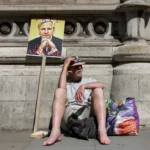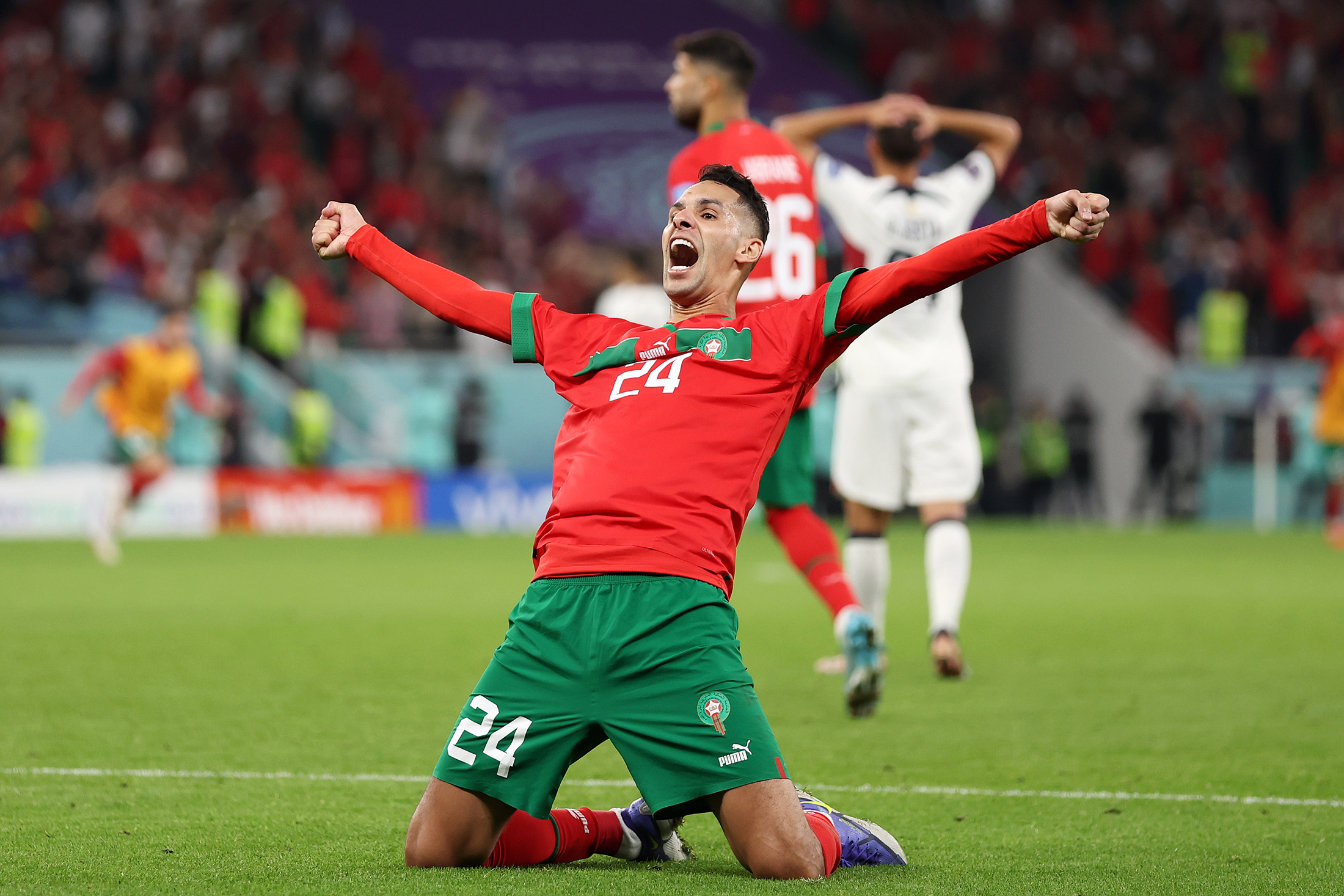But with its credit quality on the mend, the North African nation is taking advantage of a drop in borrowing costs to replenish its coffers. It plans to offer dollar bonds maturing in five, 10 or 12 years after hiring banks to arrange a series of meetings for investors in the US and London starting on Thursday.
Record export revenues from state-owned fertilizer producer OCP SA have eased pressure on government finances from surging costs of subsidies for cooking gas, electricity and wheat, said Mark Bohlund, senior credit research analyst at REDD Intelligence in London. Optimism that Morocco will get a credit line from the International Monetary Fund is also adding to its allure, with the Washington-based lender and the World Bank set to hold their annual meetings in Marrakesh in October.
“There is an overall improvement in Morocco’s credit profile,” said Bohlund. “It looks like a positive outlook by one or two rating agencies is at hand before the end of the year.”
The spread on Morocco’s dollar debt has narrowed by about 170 basis points to 267 basis points over Treasuries, after hitting an almost 20-year high in July. The cost of insuring its debt against default using five-year credit default swaps has also almost halved since early November to around 160 basis points.
Tunisia, Egypt
That improvement in the North African kingdom’s credit dynamics is in stark contrast to its regional peers. Both Tunisia and Egypt’s credit default swaps are trading near or above the 1,000 basis-point level that investors consider “distressed,” with Tunisia’s CDS at 1,250 basis points and Egypt’s at 920 on Thursday.
The last time Morocco issued a dollar bond was in December 2020, when it raised a record $3 billion. It has since been shut off from international capital markets, along with other frontier sovereigns, as the US Federal Reserve embarked on one of the most aggressive tightening cycles since the 1980s to fight inflation.
Egypt and Mongolia have returned to global debt markets this year as their borrowing costs fell, with Egypt pricing its debut sukuk Islamic-debt offering in dollars at 11% on Tuesday. That compares with a yield of around 5.9% on Moroccan dollar debt maturing in 2027.
“Investors have been willing to move down the ratings curve to lower-rated countries like Egypt or Mongolia, so a solid BB like Morocco should find a willing reception from EM investors,” said Todd Schubert, Dubai-based head of fixed-income research at Bank of Singapore. “The credit trajectory is in a much more positive direction than it was a year ago.”
Tourism Return
Since S&P cut tourism-dependent Morocco’s debt ratings to BB+, the highest non-investment grade rating, at the height of the pandemic in April 2021, the outlook has brightened. Tourism receipts topped pre-pandemic levels last year. Recent rainfalls have allayed fears of a second drought and eased concerns over growth in the euro area, Morocco’s main market for goods and tourists.
But that doesn’t mean the nation’s challenges have dissipated.
Authorities are facing rising public anger after the highest inflation in almost three decades extended recently to ubiquitous and homegrown staples such as tomatoes and onions. Thousands protested this month against high prices, urging action from King Mohammed VI ahead of the Muslim fasting month of Ramadan that starts in March.
The government has already renounced plans by the previous administration to phase out subsidies on wheat, sugar and cooking gas by 2024, and continued discontent over prices could stand in the way of securing the flexible line from the IMF, Bohlund cautioned.
Indeed, the kingdom’s comeback to the international bond market may even allow the state to keep spending on those subsidies, which many Moroccans, like 36-year old Abdelali Naimi, say they can’t do without.
“Things have never been this hard for the common man like myself,” Naimi told Bloomberg while piling recyclable garbage onto his tricycle in a middle-class area of Harhoura, an Atlantic coastal town near the capital Rabat. “You borrow today to feed your people, but you may end up starving some of them when payback time comes.”
Source: Bloomberg

















Add Comment